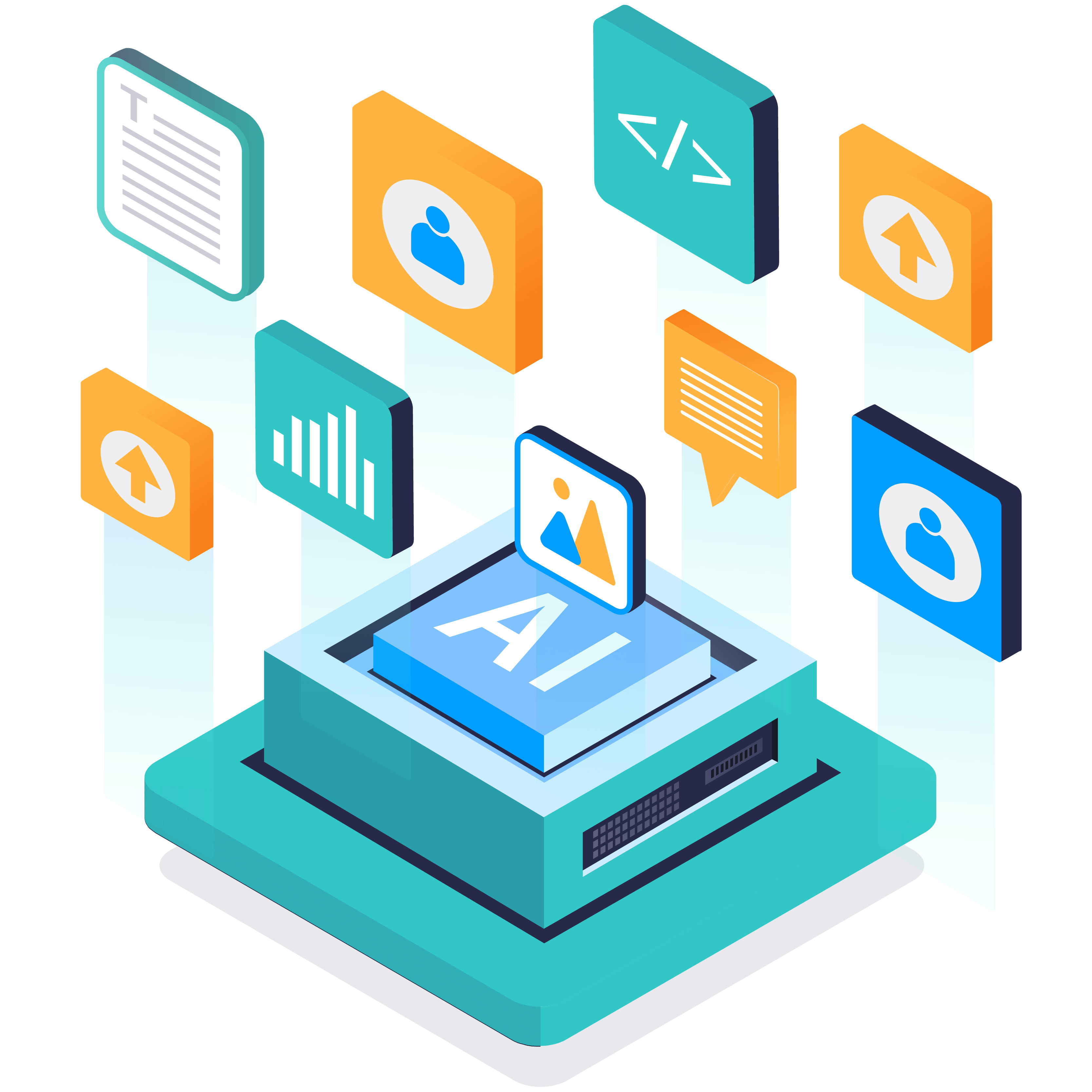
What is agentic AI?
Agentic AI is proactive
To do so, it adapts its behavior based on feedback, context, and changing conditions - much like a human working through a complex task over time.
It is agentic AI’s independence that separates it from traditional AI.
How does agentic AI work?
Agentic AI works through a cycle of four stages

Perceive
It collects and interprets data from its environment.

Reason
It analyzes this information, creates goals, and makes decisions about what to do next.

Act
It executes tasks using tools it has been connected to, for example sending emails or querying databases.

Learn
It evaluates outcomes, remembers what worked or failed, and refines its approach for future tasks.
What is the technology behind agentic AI?


Tool integration connects AI to external systems (for example, databases and APIs), allowing the agentic system to perceive the external environment and act on it.




Memory systems allow agents to remember previous interactions and learn from experience.


Large language models (LLMs) serve as the reasoning engine, understanding context and deciding on goals.




Planning algorithms break complex goals into actionable steps, adapting when circumstances change.
How is agentic AI used in Healthcare?
Data agents to connect to EHRs, registries, imaging stores, and lab systems, for AI agent data analysis.
Document agents to extract, structure, and validate content from PDFs, notes, and forms.
Workflow agents to orchestrate multi-step processes across systems with approvals, building AI agentic workflows.
Research agents to search literature, synthesize evidence, and maintain citations. An AI research agent co-scientist.
Drug discovery agents to identify potential compounds, predict efficacy, and accelerate the development of new medications through agentic AI drug discovery.
Compliance agents enforce policies, check required fields, and produce audit logs.
How is Owkin creating an Agentic AI platform?
To do this we are building advanced agentic AI systems and state-of-the-art biological reasoning models. These will form the bedrock of a new biological artificial superintelligence.





